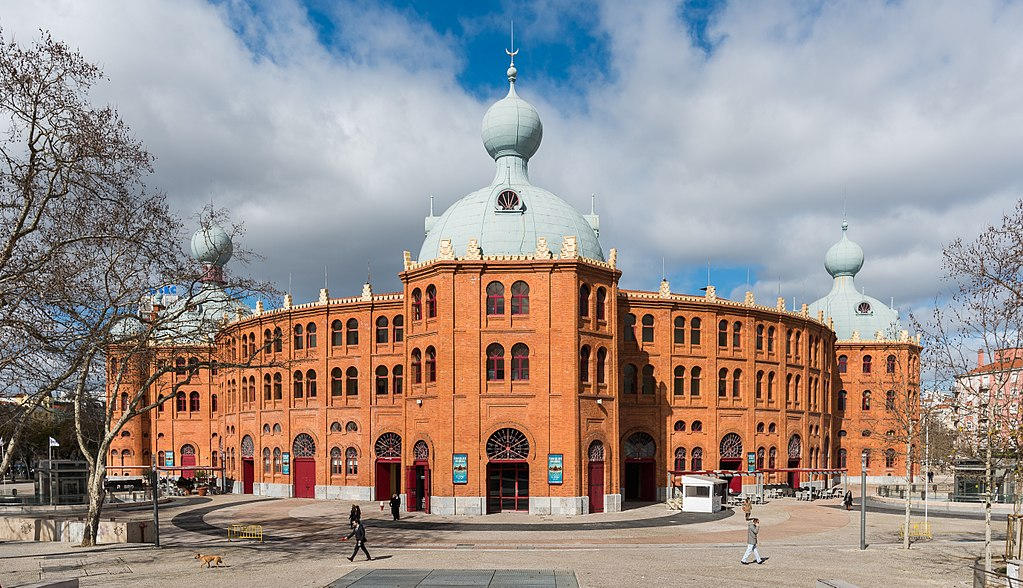The history of Campo Pequeno dates back to the 18th century when bull races were held in the square. However, it was not until the 19th century that a proper bullring was established. The original bullring in Campo de Santana existed from 1831 until 1888 when it was deemed unsafe and closed. In 1889, a new bullring was built in Campo Pequeno through a collaboration between Casa Pia, an institution responsible for organizing bull races, and a private company. The construction cost was covered by Portuguese shareholders, and the bullring was leased for 90 years.
The Campo Pequeno Bullring, inaugurated in 1892, was designed in a neo-Arabic revivalist architecture style, inspired by Madrid's bullfight arena. It featured solid brick construction and had a removable cover that made the space versatile for different events throughout the year. Over time, the bullring underwent renovations and structural alterations to meet the evolving needs of the public arena.
Lisbon.vip Recommends
However, financial challenges plagued the bullring, leading to bankruptcy for the Renovation Society of Campo Pequeno in 2014. In 2019, a new chapter began for Campo Pequeno when businessman Álvaro Covões and the Horizon fund acquired the arena. The new ownership brought renewed hope and investment to revitalize the bullring, ensuring its continuation as a cultural landmark.
Today, Campo Pequeno remains an emblematic venue, hosting a diverse range of events and preserving the rich tradition of bullfighting in Portugal. Its historical significance, architectural splendor, and versatile space make it a cherished symbol of cultural heritage in Lisbon. Whether witnessing thrilling bull races, attending captivating concerts, or exploring the commercial spaces within, Campo Pequeno continues to captivate and entertain visitors from near and far.



